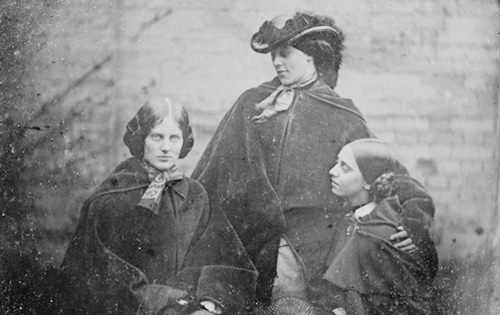The current education system in
India is fairly a strong one. We have inherited our education system from
Britishers and have made significant changes in it in the past 60 years. India
is emerging as a global power now though there are deficiencies in the system
that needs to be worked on. But, we have made substantial impact at the global
level. Yet, the education system of India is also cited as one of the most
ancient approaches to enlightenment. Not only in terms of the enormous content
of knowledge provided to the students but also in terms of technology. In
India, theoretical knowledge is given pre-eminence as opposed to practical
knowledge. This is an issue entering the limelight in the recent times.
It is known and accepted
worldwide that practical knowledge alongside the hint of its theoretical
approach is the cue to survive in this ever-so-fast moving world. Yet,
statistics show that Indian students have much greater theoretical knowledge as
compared to the foreign students yet meagre knowledge in practical areas. There
is a dire need for revolutionary changes in the India’s education system. Not
just the syllabus and pedagogy, but also the attitude change towards the marks
system need to be changed. With the effective learning system, India can
successfully utilize its vast human resources.
Undoubtedly, because of the
glorious Indian cultural ethics and beliefs, most Indian students yield to the
norms of the system. Being clouded under the stereotypical idea of the
superiority of certain subject combinations and inferiority of certain others,
students often disembark the path to their dreams. Because of this, and also
the uncontrollable population of the country, stressful competition is seen in
certain sectors like engineering and medical careers. Statistics show that the
students competing to fit into these careers have tremendously high stress and
anxiety levels amongst them. So much that certain educational boards have made
it mandatory to appoint psychologists in their schools and regular sessions
from them as an essential part of their curriculum! Yet, in certain other
sectors like veterinary study the amount manual help required is terrifyingly
larger than the current scenario.
This isn’t the only drawback of
our system. One of the major drawbacks is also the prevailing illiteracy which
needs to be eradicated from the root. Yet, due to parameters like family,
socio-cultural backgrounds and again, the ever-increasing population of India,
some sections of the society remain devoid of basic education.
On the brighter side, the quality
of education provided has certainly contributed to the reputation of high
intellectual level of Indians in the world. If one is able to mould into the
system without complaints, then it bodes well for them as well as their career
which takes a discernible upsurge. In more recent times, the number of students
following the international board has increased. This system provides liberty
to pursue any subject combination of preference and focuses on value education
as well as extra-curricular growth.
Education is one of the major
sectors contributing to the Indian economy and its growth is the direct growth
of our economy, of our country. It has been aptly said by Nelson Mandela that,
“education is the most powerful weapon we can use to change the world”.




















